[[bpstrwcotob]]
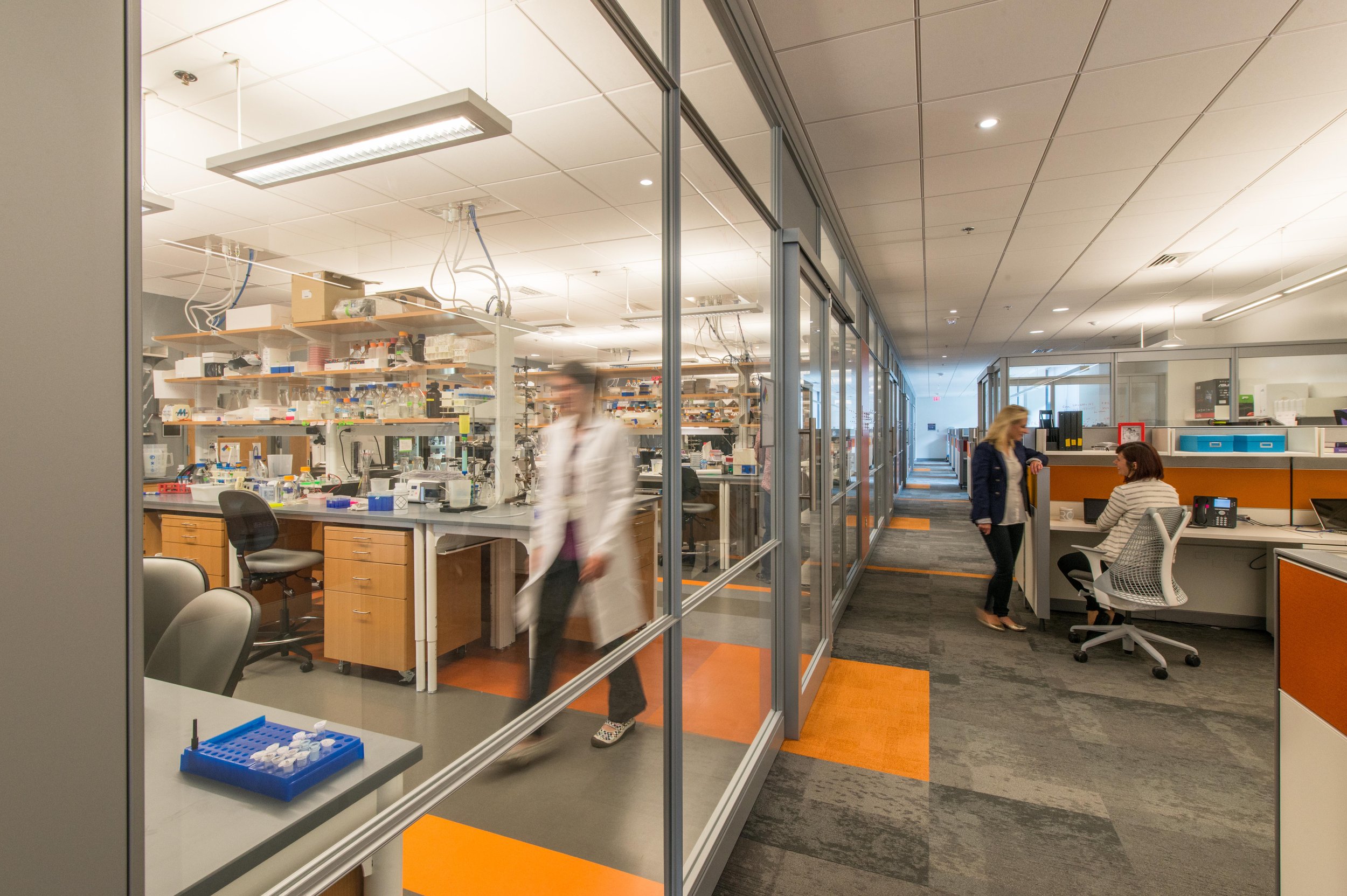
Academic Lab Design: Better Science by Solving Present and Future Needs
For academic lab design, this requires striking the right balance between serving present-day needs and setting the stage to support future exploration of promising new research, collaborations, and technologies

Across the Table: Inclusion and Lab Design
In reading documents on the subject I see that concerns fall into two primary categories, the physical design of the laboratory and the behavior of managers in response to needs
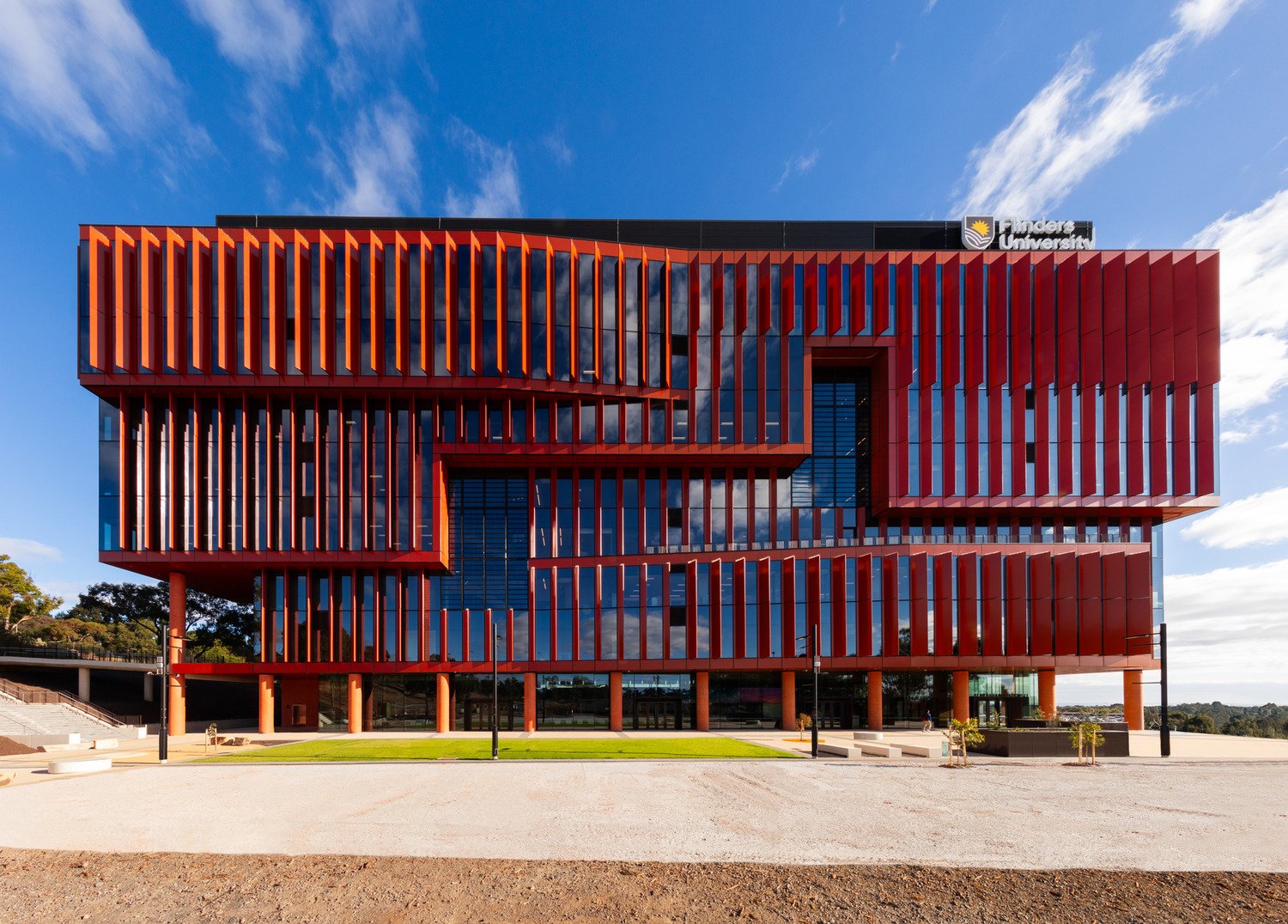
Health and Research Facility Pioneers Collaborative Approach to Medical Science Breakthroughs
Lab Design spoke to Andrew Schunke and Diana Rosenthal, both principals, and Esther Mavrokokki, a senior associate from Architectus, and Flinders University’s Angela Binns, a senior manager of technical services at the College Medicine & Public Health, and Professor Damien Keating, deputy director of Flinders Health and Medical Research Institute
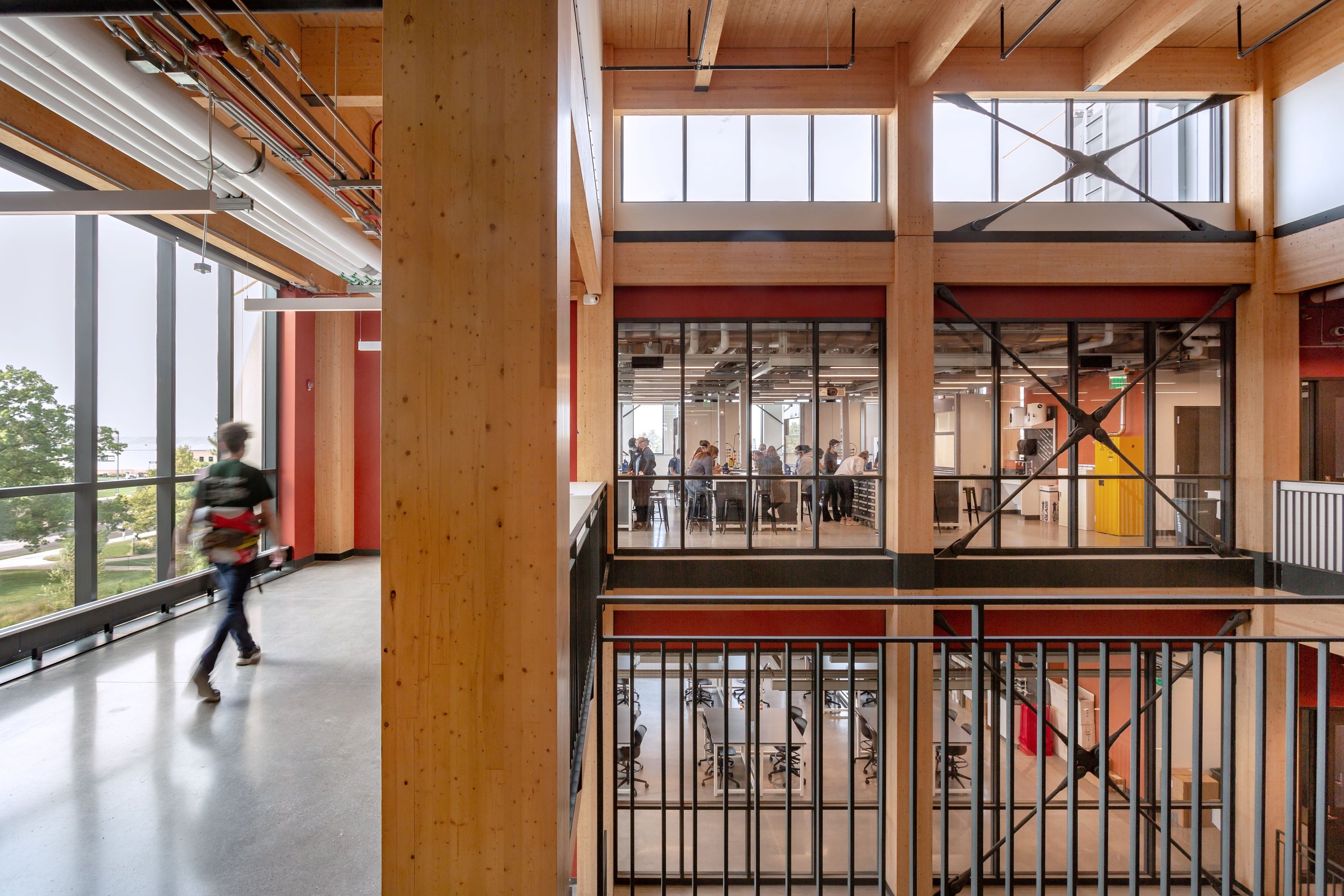
Cutting Carbon: New Tools to Reduce Carbon Emissions From Laboratories
When ranking a lab building's emissions—whether operational or embodied carbon—it's important to compare with other labs
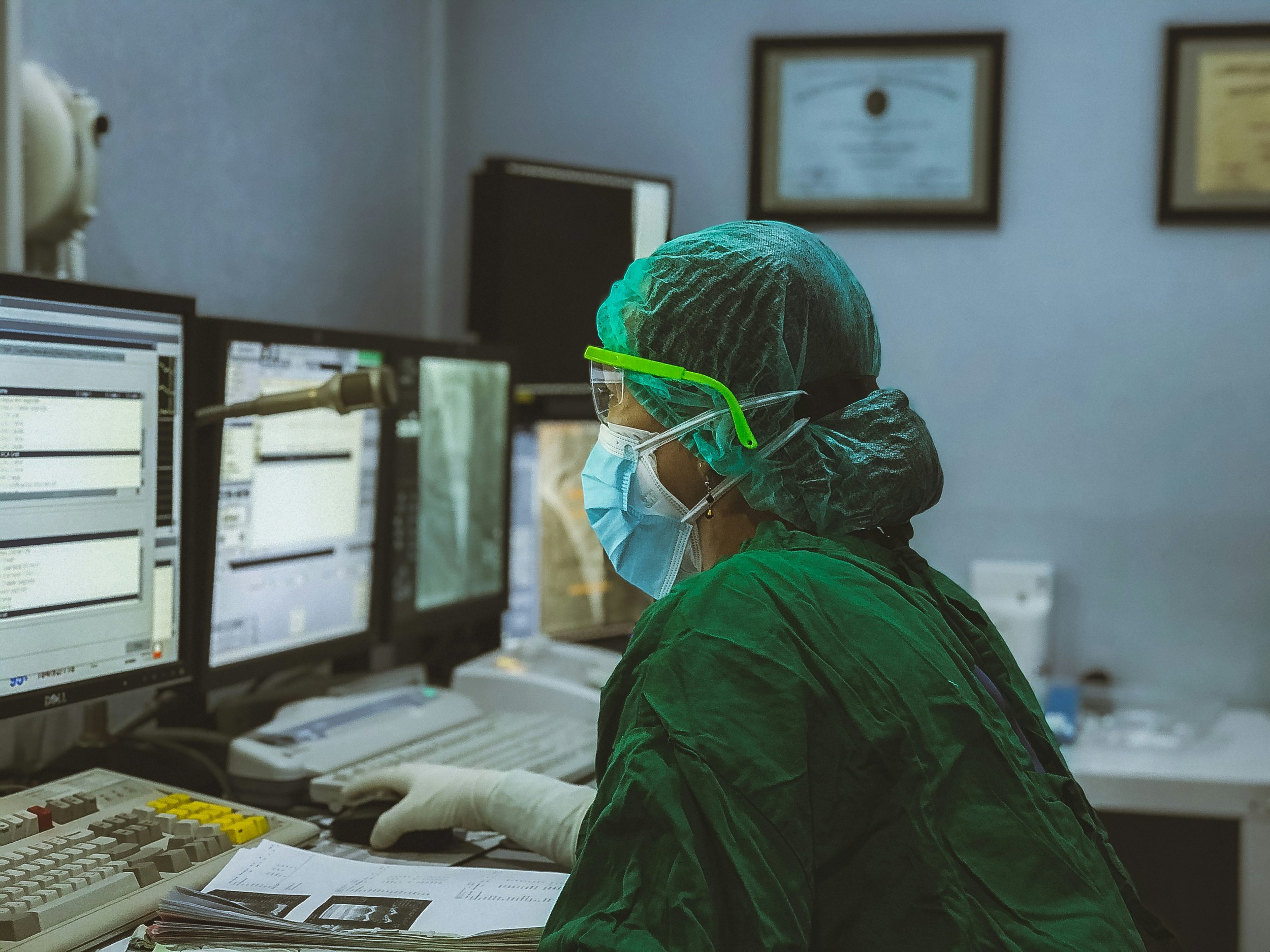
Micro-hospitals Bring Crucial Care to Medically Underserved Areas
To remedy this disparity in medical access, healthcare providers across the U.S. are building micro-hospitals in underserved areas
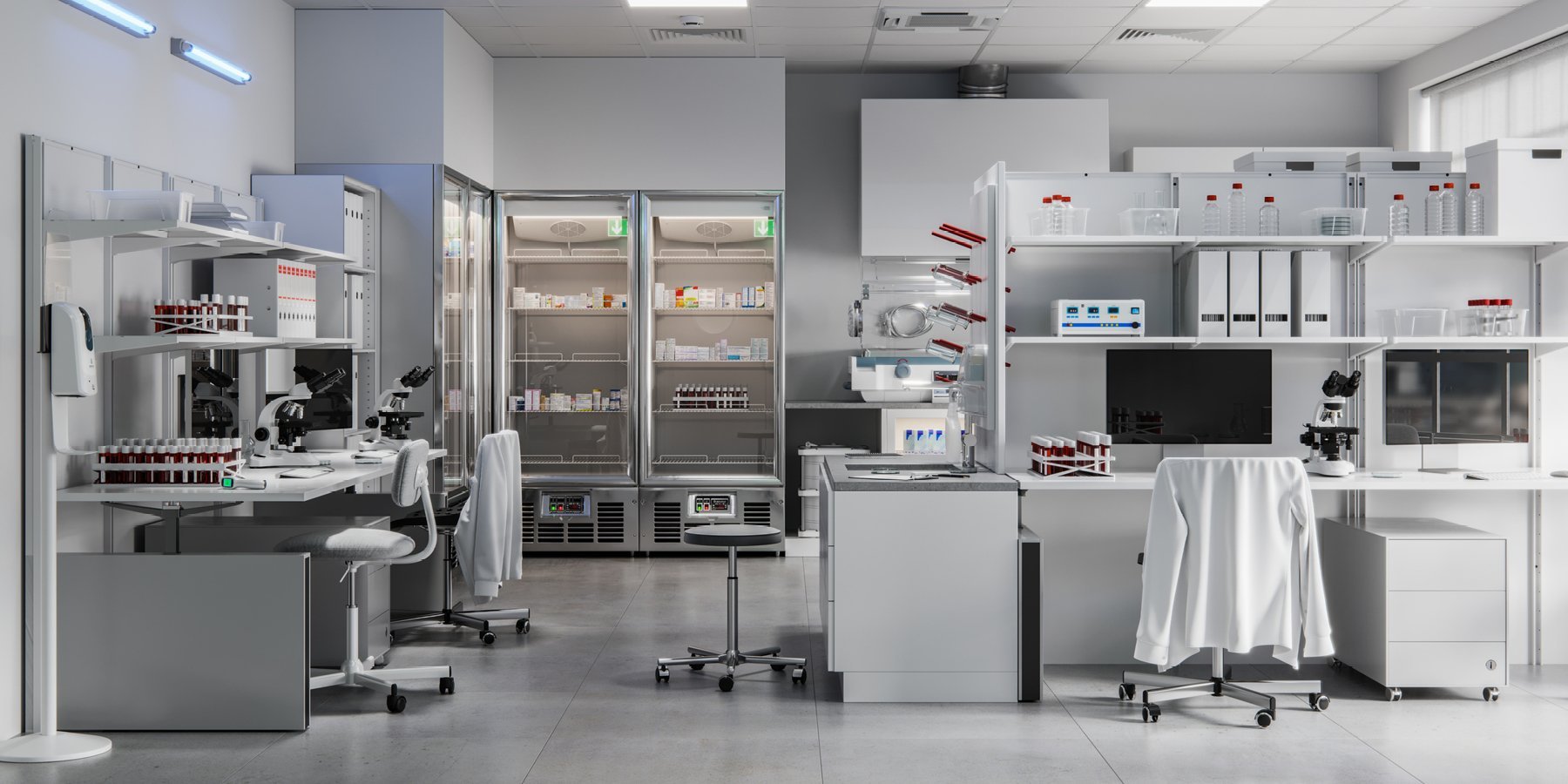
Webinar Review: Chemical Management Strategies and Their Impact on Laboratory Safety Requirements
Industry experts Victoria Grimes,PE, senior fire engineer and Jonathan Eisenberg, PE, a principal, both with Arup, shared their valuable insights focusing on strategies and standards to enhance safety in laboratory environments as well as preventing hazards in the lab during and after the design, construction, and renovation process

The Importance of ‘Carbon Storytelling’ in Future Sustainable Architecture
The shift in priority towards whole-life carbon in the last five years has been a seismic change for the industry.

Design Between the Lines: Sustainability and Life Sciences
Science and technology programs typically have very power-intensive uses, and the effort to become more sustainable shouldn’t be seen as a threat to the performance of these spaces

Webinar Review: Enhancing Lab Safety Through Architectural Design
On demand webinar underscores the importance of integrating safety considerations into every aspect of lab design, from initial planning to material selection and construction
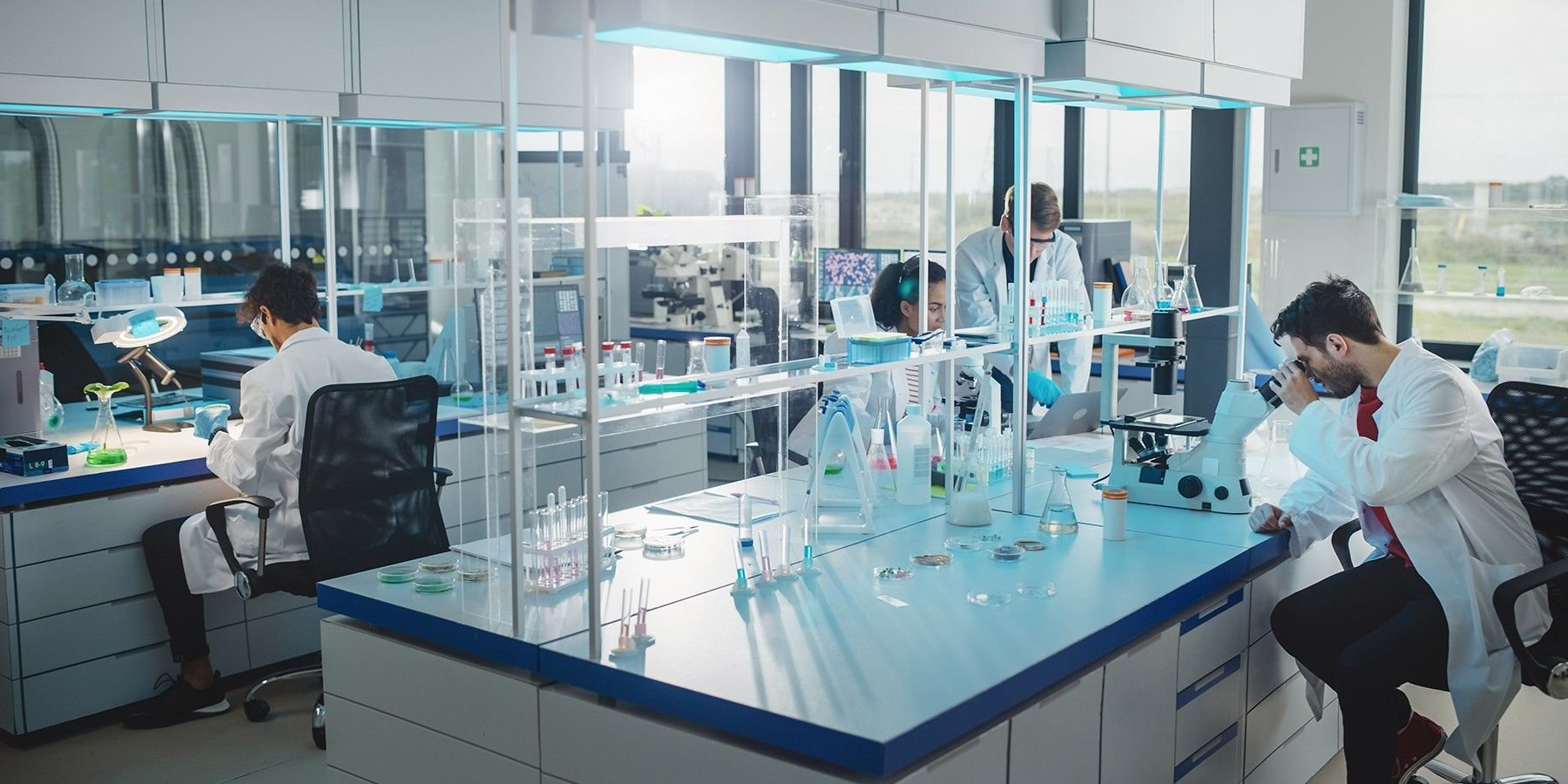
Identifying Innovation Catalysts and Transformative Life Sciences Trends in Laboratory Design
A comprehensive study conducted by HLW/Ark highlights three pivotal trends driving innovation in lab spaces
